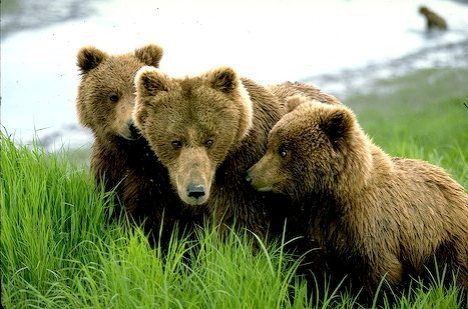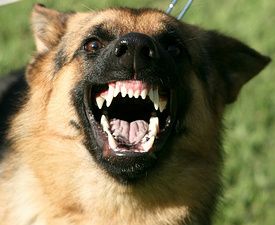A grizzly bear killed a man this week in Yellowstone National Park. The incident took place when Brian and Marylyn Matayoshi came upon a grizzly sow.
The grizzly truth is that the animal was believed to have been protecting two six-month-old cubs, a supposition based on previous sightings and tracks near the attack site.
Now, this is a tragedy and so condolences go out to the wife who survived the attack, but I thought it was a good time to review a few things about wild bear encounters.
First, if you have plans to enter into a wilderness area, it is good to review safety rules and protocols related to the wildlife in the region. Specifically ask about any alerts or recent issues with wildlife in the area.
The couple had seen the bear previously and it was the second encounter that triggered a reaction.
In my region, many people feed wild animals or try to interact without a thought to the ramifications. The result? We have black bears that come into the area regularly as they are attracted by the buffet found stuffed into local trash bins.
People consistently fail to adjust their habits to make sure that these animals are not attracted to the residential area for the safety of both humans and animals.
Not making safety adjustments can lead to risky encounters.
Animal attacks happen all the time and a few of my previous comments can be found in Urban bears, animal attack week, and hiking hounds posts.
So it wasn’t a surprise to read about this bear attack. However, this incident suggests that the sow exhibited a defensive response this fortunately translates to the fact that the bear will not be killed in retaliation.
This is great news because wild animals behave like–uh, wild animals.
So, if you are trespassing in a bear’s home range, you are taking a calculated risk.
Grizzlies usually only get aggressive when harassed, taken by surprise, or if they are defending a food source or cubs.
I’ve heard estimates that up to 78% of incidents involve cub defense which, if true, makes those the majority of incidents.
Some bears will exhibit predatory behavior (offensive aggression) but this isn’t as common.
Whatever the case, learning how to avoid issues and making sure you use a few safety tools and common sense can go a long way to keeping you safe in bear country.
What can you do to avoid brown bear trouble?
Alaska State Parks shares some good bear safety tips and each year there are a variety of Bear Awareness campaigns that take place prior to the summer vacation season.
You can find a lot of information at the Center for Wildife or the Bear Necessities Coalition.
Check out some of the following resources.
Be Bear Aware
- Stay on designated trails,
- Keep bear spray in a holster for easy access & use as an attack deterrant,
- Hike in groups of three or more,
- Wear bells and make noise in places where a grizzly might be encountered,
- Play dead in a protective posture as a defense in an attack.
Bear Safety Resources
What do you think about this most recently incident? Please leave your comments below. If comments are closed, please drop by my Facebook community page and contribute there.
Photo Credit: Being Myself



